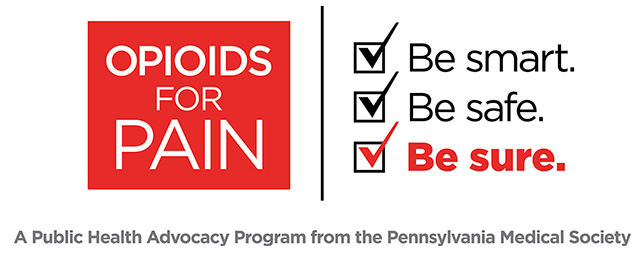We have just released a Health Advisory regarding influenza activity in Philadelphia and Avian Influenza A (H7N9). It is available from https://hip.phila.gov, is appended to this email and is attached as a PDF document. To read this attachment, you will need the Adobe Reader software, which can be downloaded at no cost from http://tinyurl.com/6ip.
If you have any questions or problems, please contact the Philadelphia Health Communications Specialist at [email protected].
To update your contact information for the Health Alert Network or to register to receive health alerts and newsletters from PDPH, complete a registration form at http://bit.ly/HANForm or reply directly to this email.
Health Advisory
Influenza Activity Waning in Philadelphia and Recommendations for Testing Suspect Avian Influenza A (H7N9) Cases
April 11, 2013
Surveillance Summary
Influenza has been circulating in the Philadelphia area since December. However since late January, influenza A activity has steadily declined to sporadic reports. In contrast, the decline of influenza B has been more gradual, with waning activity only being noted within the last several weeks. Through the last week, nearly 2 dozen detections were reported. Influenza B currently accounts for over 95% of the influenza detected in Philadelphia. Twenty-two influenza-associated deaths have been confirmed this season, while 1,172 hospitalizations as of April 6th have been reported. In addition to influenza, RSV, rhinoviruses, parainfluenza viruses (all types), human metapneumovirus, and adenoviruses are also circulating in our area (figure; select viruses displayed), with metapneumovirus and parainfluenza 3 activity approaching their seasonal peaks (data not shown).
Avian Influenza A (H7N9) Update and Clinical Recommendations
The Philadelphia Department of Public Health continues to monitor the events surrounding the novel avian influenza A (H7N9) human cases in China. Public health officials have confirmed 38 cases of human infection with this virus including 10 deaths throughout four Chinese provinces. All cases have been hospitalized although clinical illness has ranged from mild upper respiratory infection to severe pneumonia and death. Chinese authorities have intensified surveillance in the affected regions and continue to monitor close contacts of cases for any sign of infection. At this time, no person-to-person transmission has been identified nor have any cases been identified outside of China.
Clinicians should continue to include influenza in a differential when evaluating acute febrile respiratory illnesses including pneumonia. Patients experiencing influenza-like illness with recent travel to China, especially where close contact with birds occurred, should also be tested for influenza via RT-PCR. Patients in whom H7N9 infection is suspected should be cared for using droplet, contact, and airborne precautions along with eye protection, until more is known about disease transmission. Antivirals, specifically oseltamivir and zanamivir, should be given as soon as possible to all persons hospitalized for influenza or at high-risk for influenza complications, including those suspected to be infected with avian influenza A (H7N9).
All reports of suspect avian influenza A infection along with institutional outbreaks of respiratory illness and severe or fatal influenza should be reported to the Division of Disease Control (DDC) at 215-685-6740. DDC can also assist with coordinating laboratory testing of specimens from suspected avian influenza A patients or specimens found to be influenza A non-subtypeable at the Pennsylvania Bureau of Laboratories and CDC. For more information including testing algorithms and a link to the most current information regarding H7N9 from CDC please visit the Health Information Portal at https://hip.phila.gov/xv/.
Figure Omitted: “Weekly Laboratory-Based Respiratory Virus Surveillance: Philadelphia, 2012-2013 Season”




